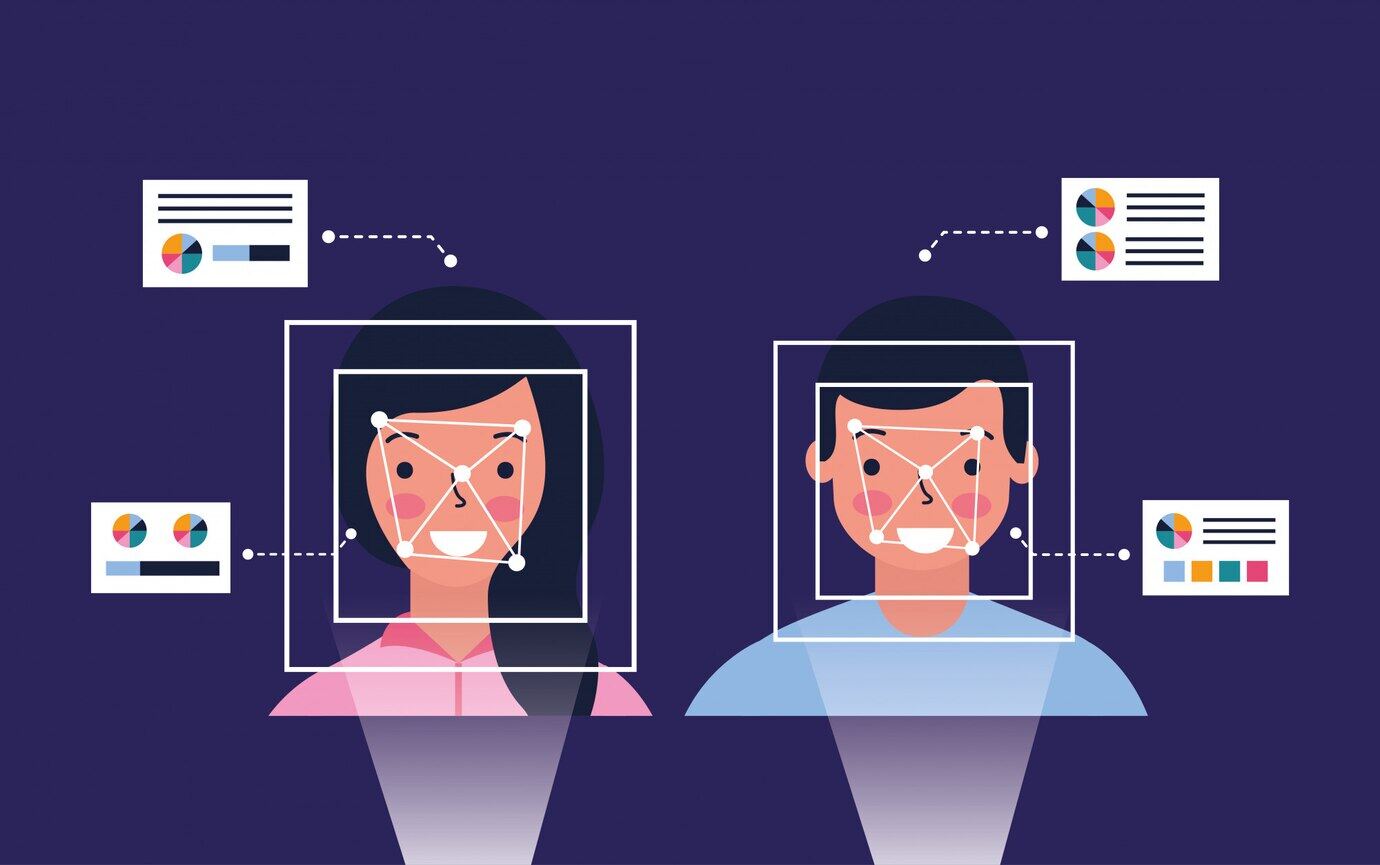Email cannot be empty
Password cannot be empty
Email format error
Email cannot be empty
Email already exists
6-20 characters(letters plus numbers only)
The password is inconsistent
Email format error
Email cannot be empty
Email does not exist
6-20 characters(letters plus numbers only)
The password is inconsistent


In the bustling world of small and medium enterprises (SMEs), managing the flow of visitors efficiently can be a daunting task. A visitor management system is a key tool that can transform the way SMEs handle their guests, contractors, and clients. In this engaging blog post, we'll explore the ins and outs of visitor management systems, their benefits, and how they can be tailored to the needs of SMEs.
A visitor management system is a software and/or hardware solution designed to streamline the process of managing and tracking visitors in a business environment.
SMEs often have unique challenges that can be addressed by implementing a visitor management system.
A visitor management system helps SMEs maintain a secure environment by ensuring that only authorized individuals gain access to the premises.
Streamlines the check-in process, reducing wait times and freeing up staff to focus on other tasks.
Facilitates compliance with regulations and provides detailed reports on visitor activity.
Presents a professional image to visitors and demonstrates that the SME values organization and security.
When choosing a visitor management system for an SME, it's important to consider the following features.
Ensures that both visitors and staff can easily navigate the system.
Allows the SME to tailor the check-in process to fit their specific needs and protocols.
Enables the system to integrate with other business tools and software, such as CRM systems or access control systems.
Offers the flexibility to manage visitors from a mobile device, which is particularly useful for SMEs with limited staff.
Can grow with the business, accommodating an increasing number of visitors as the SME expands.
Implementing a new system can seem overwhelming, but with careful planning, it can be a smooth process.
Identify the specific needs and challenges of the SME to ensure the chosen system will address them.
Determine a budget that aligns with the SME's financial capabilities and the features required.
Carefully evaluate potential vendors and solutions, considering factors such as cost, reliability, and customer support.
Provide comprehensive training to staff to ensure they can effectively use the new system.
After implementation, gather feedback from staff and visitors to make any necessary adjustments.
Beyond the immediate benefits, there are several long-term advantages to adopting a visitor management system.
Reduces the time spent on managing visitors, allowing staff to focus on core business activities.
Creates a positive first impression and streamlines the visitor's experience.
Provides data that can inform business decisions and strategies related to visitor traffic and security.
Helps identify and mitigate potential security risks by maintaining accurate visitor records.
Let's look at a few examples of SMEs that have successfully implemented visitor management systems.
A tech startup used a visitor management system to streamline the process for investors and potential partners visiting their office, enhancing their professional image and security.
A consulting firm implemented a system to manage client visits, improving the efficiency of their reception area and providing detailed reports for billing purposes.
A manufacturing SME used a system to monitor and manage the flow of contractors and suppliers, ensuring compliance with safety regulations and improving site security.
While visitor management systems offer numerous benefits, there are also challenges to consider.
Employees and visitors may require time to adjust to a new system and process.
As with any technology, there is the potential for technical issues that could disrupt the visitor management process.
SMEs must ensure that they comply with data privacy laws and regulations when collecting and storing visitor information.
As technology continues to advance, visitor management systems are expected to become even more sophisticated.
Future systems may incorporate artificial intelligence for tasks such as facial recognition or predictive analytics.
In response to health and safety concerns, there is a growing trend towards contactless visitor management solutions.
New security features, such as biometric identification, may become more common in visitor management systems.
Visitor management systems offer SMEs a powerful tool to enhance security, improve efficiency, and create a professional image. By carefully assessing their needs and selecting the right system, SMEs can ensure a successful implementation that benefits both the business and its visitors.
SMEs that invest in visitor management systems are investing in their future growth and success.
The key to success with any system is continuous improvement, based on feedback and evolving needs.
By staying informed about the latest trends and technologies in visitor management, SMEs can stay ahead of the curve and maintain a competitive edge.
In today's fast-paced business environment, SMEs that embrace visitor management systems are better positioned to manage their visitor traffic effectively and securely. As these systems continue to evolve, they will play an increasingly important role in the operations of SMEs around the world.